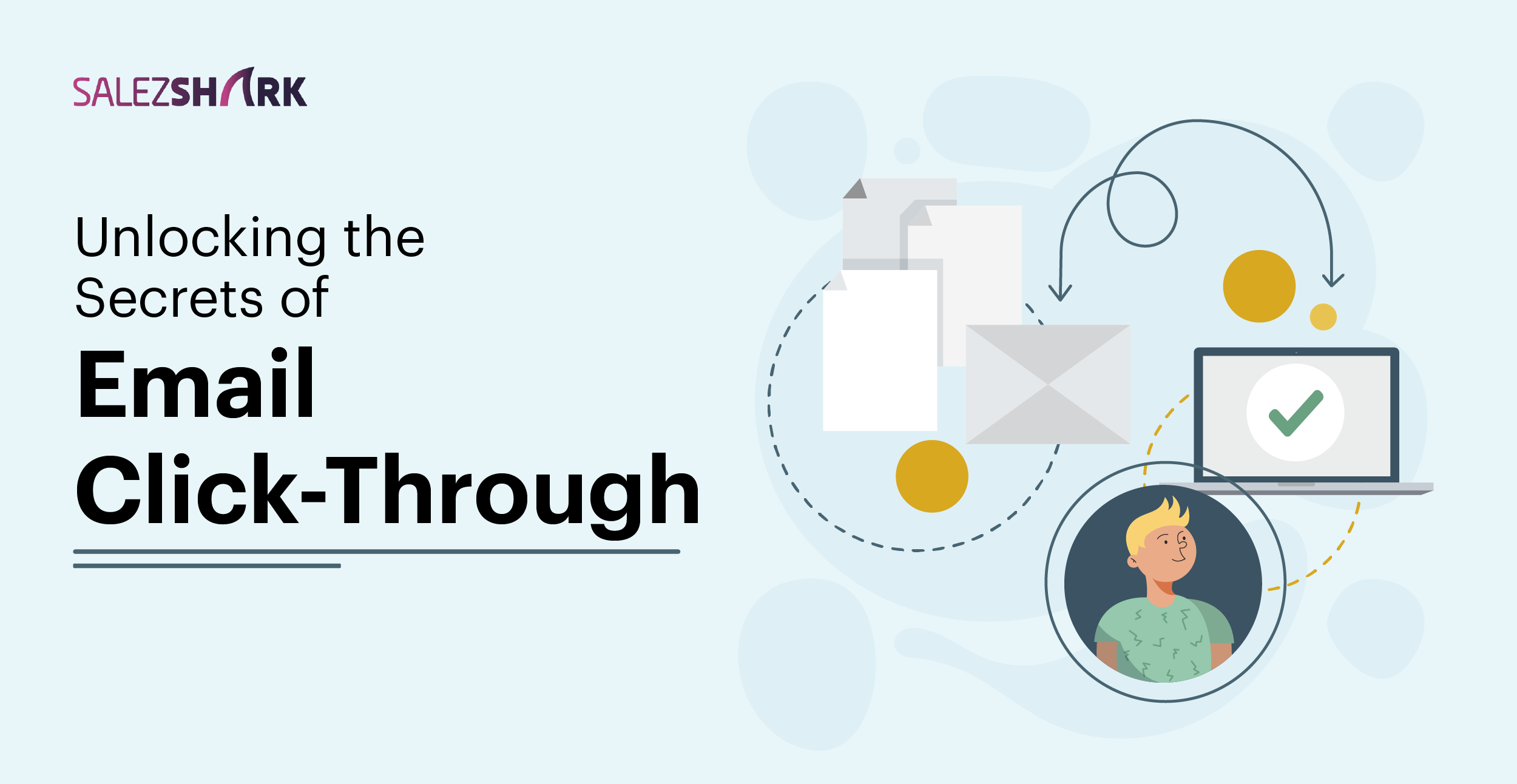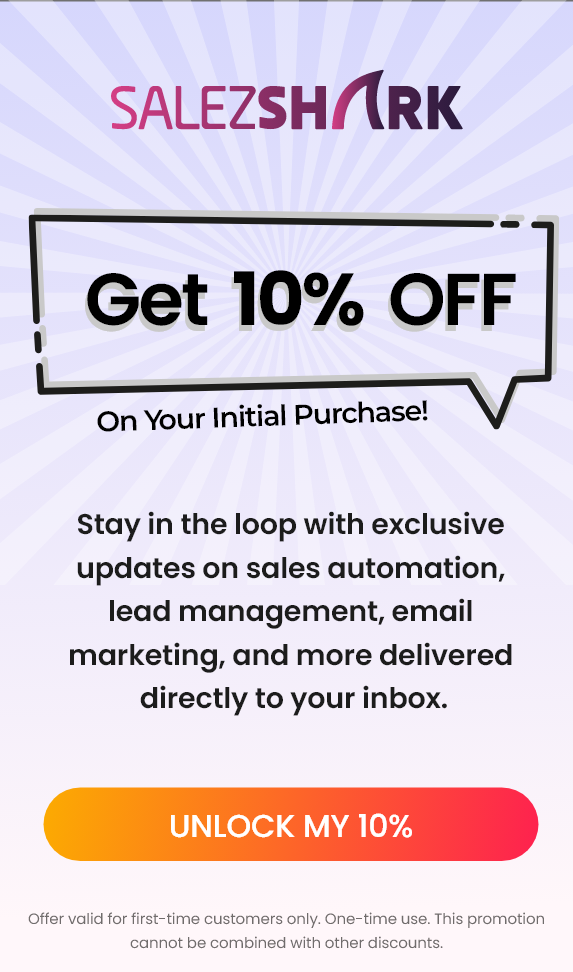Have you ever wondered about the most significant hurdle in today’s email marketing landscape? Surprisingly, it’s not email deliverability or open rates. The real challenge lies in persuading recipients to take action – clicking on your email campaigns after reading the content. This crucial metric is known as the click-through rate (CTR).
What exactly is email click-through rate (CTR)?
It’s a metric determined by the number of subscribers who have engaged with one or more links in your email marketing campaign. To calculate your email CTR, simply divide the number of individuals who clicked on your email campaign by the total number of emails sent. Multiply the result by 100 to express it as a percentage.
For instance, if you send your email to 100 people and 10 of them click on the links, your CTR would be 10%.
According to Ascend2, email CTR holds particular significance as 73% of marketers use it as the primary gauge for measuring the effectiveness of their email marketing initiatives.
When should you send email campaign to avoid wasting your hard work?
Data reveals that the highest email click-through rates occur at 6 am and 6 pm, with a peak range between 11 am and 2 pm. However, the real opportunity lies in finding the time when people not only open emails but also take action (known as click-to-open rate or CTO). To maximize open and click-through rates, consider sending emails before and after daytime working hours.
How to personalize your campaigns?
Start by adding the recipient’s name to the email subject line. This simple touch makes the content feel tailored to their needs and boosted one B2B marketing team’s email click-through rate by 17.3%. Additionally, sending fewer emails can also increase click-through rates. Research indicates that marketers who send one campaign per week achieve the highest open and click-through rates, with 49% of customers adopting this approach. If you’re currently sending only one or two emails per month, it might be time to consider increasing your email frequency for better results.
How many CTAs should you use in your email campaign?
Generally, less is more. A CTA, or call to action, typically directs recipients to a landing page. While an average B2B newsletter has three CTAs, it’s advisable to keep them to a minimum for effectiveness.
In the example provided, the email on the right, with only one CTA, outperforms the one on the left with four CTAs.
Can you guess the winner between two email campaigns?
If you picked the single CTA email, you’re correct! This campaign saw a remarkable 42% boost in click-through rates. This significant improvement can be attributed to the “paradox of choice,” where too many options often result in indecision.
In conclusion, I’ve outlined the science behind email open rates and how you can use this data to make informed decisions for your email marketing strategy. Here are the key takeaways to boost your email open rates:
- Keep subject lines concise (6 to 10 words for optimal results).
- Schedule emails during work hours or after lunch for better engagement.
- Personalize subject lines with the recipient’s name.
- Use a familiar sender name.
- Ensure your emails are mobile-friendly.
- Consider segmenting your email lists for targeted campaigns.
Remember, the best approach may vary based on your unique insights, so use the provided data as a foundation to improve your email open rates.

